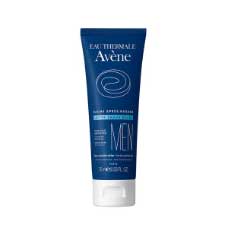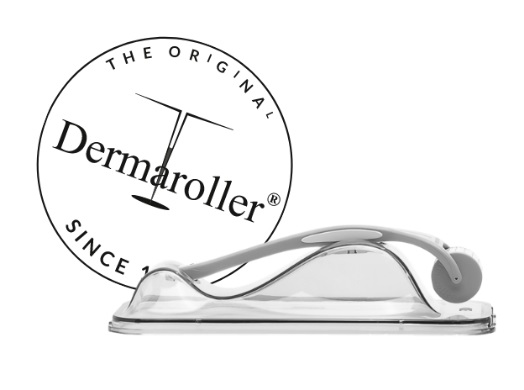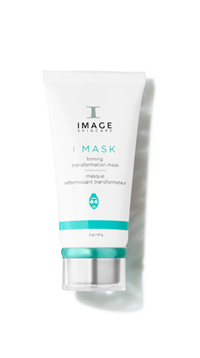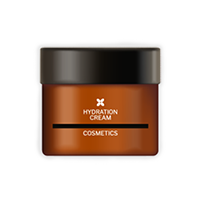 Dermal fillers are a go-to for achieving plump, youthful skin, smooth contours and chiselled features. But like many advanced aesthetic treatments, they come with their own set of potential hiccups. While most results are exactly what the patient hopes for, there are times when things don’t go as planned.
Dermal fillers are a go-to for achieving plump, youthful skin, smooth contours and chiselled features. But like many advanced aesthetic treatments, they come with their own set of potential hiccups. While most results are exactly what the patient hopes for, there are times when things don’t go as planned.If you find yourself needing to get rid of your dermal filler, fast, the good news is that it can be safely and effectively dissolved with a special enzyme called hyaluronidase. This injectable solution breaks down hyaluronic acid, the main active in most dermal fillers, allowing the body to absorb it naturally and offering a quick fix for when things go wrong.
To understand what you should be looking out for, we quizzed two of our esteemed Etre Vous experts Dr Anna Hemming and Dr Raquel Amado, who break down the telltale signs that may indicate your filler needs dissolving…
Firm nodules or lumps
“While mild swelling or lumpiness can be normal in the days following filler, persistent firm nodules—especially those that feel rubbery or tethered beneath the skin—are a red flag. These may form due to filler clumping, poor product placement, or biofilm (a slow-growing bacterial contamination that's not a typical infection but can trigger inflammation). This is more common with thicker dermal fillers or when multiple layers have built up over time."Aside from being visually unappealing or uncomfortable, these lumps can harden or even trigger immune responses. Dissolving the filler with hyaluronidase is often the safest solution, particularly if the nodules have remained unchanged for weeks or months. It clears the area, allowing the tissue to “reset” and heal—and if desired, filler can later be re-injected more strategically.”
Dr Raquel Amado, Director & Medical Practitioner, Skin and Medical Cosmetics
Filler migration
“Migration happens when dermal filler moves away from the area where it was originally injected. Instead of staying neatly in place, the filler spreads into surrounding tissues, often creating an unnatural or overfilled appearance. It’s most commonly seen in the lips, under the eyes, and around the nasolabial folds, but it can happen anywhere filler is used."Migration can occur for a few reasons: overfilling, poor injection technique, repeated treatments in the same area, or simply how your body metabolises the product. Even facial movement and pressure —like sleeping on your face or frequent lip movement—can contribute.
"Visibly, the signs of migration include puffiness or swelling beyond the intended area, blurred or poorly defined facial features, uneven contours, or a “duck lip” look where filler has spread above the lip border. In some cases, small lumps or a doughy texture may be felt under the skin. All this can distort your natural anatomy and impact facial harmony, making dissolving the best course of action.”
Dr Anna Hemming, Aesthetic Doctor & Founder, Thames Skin Clinic
Distorted facial movement or expressions
“One subtle sign that often goes overlooked is a change in how your face moves—think a stiff upper lip, a smile that doesn’t quite lift the same, or a 'frozen' look around the nasolabial area. When filler is placed too superficially or in high volumes, especially in dynamic zones like the mouth or cheeks, it can interfere with natural muscle movement."Over time, even small misplacements can affect symmetry and facial expressions. This not only impacts aesthetics, making the face appear unnatural or overdone, but can also cause functional issues like difficulty forming certain words or chewing comfortably. In these cases, dissolving is the most effective path to restoration. It reintroduces natural movement and expression, and helps avoid the long-term risk of muscle compensation or atrophy due to restricted movement.”
Dr Raquel Amado
Pain or pressure
“Pain or pressure after dermal filler should never be ignored. While some tenderness during and shortly after treatment is normal, discomfort that lingers or worsens, especially with skin discolouration or changes in sensation, could indicate a problem that needs urgent attention.One serious concern is a vascular complication. If filler is placed near or inside a blood vessel, it can restrict blood flow, leading to tissue damage, skin necrosis, or, in rare cases, vision problems.
"Dissolving the filler quickly can relieve pressure and prevent lasting harm. Pain may also be your body reacting to the filler itself. If too much was injected, placed incorrectly, or it’s migrated over time, you might experience inflammation, swelling, or discomfort—especially during times of illness or stress.
"Even without serious complications, constant pressure from misplaced filler can distort natural contours, irritate nerves, and trigger facial tension or headaches. Ultimately, pain or pressure is your body’s way of saying something isn’t right. Dissolving problematic filler isn’t just about appearance, it’s about protecting your health, comfort, and wellbeing.”
Dr Anna Hemming
Blue or grey tint
“The Tyndall Effect is a telltale sign that dermal filler may need to be dissolved. It happens when hyaluronic acid filler is injected too close to the surface of the skin. Light hits the filler and scatters, creating a tint beneath the skin. On fair complexions, this usually appears blue; on deeper skin tones, it can look grey or shadowy. Either way, it creates an unnatural, bruised appearance that can be hard to conceal."It’s most common under the eyes or in areas with thin skin, where incorrect placement is more noticeable. While not medically dangerous, the Tyndall Effect is a visible red flag that filler has been placed too superficially or has migrated. Over time, it can lead to long-term cosmetic concerns such as persistent discolouration, puffiness, and uneven texture. The filler may attract water, causing swelling or a puffy, distorted look, especially in delicate areas like the tear troughs. Left untreated, it can continue to affect facial harmony and draw attention to the very areas you hoped to enhance.”
Dr Anna Hemming

 Added to basket
Added to basket

 Unapplied Changes
Unapplied Changes



















